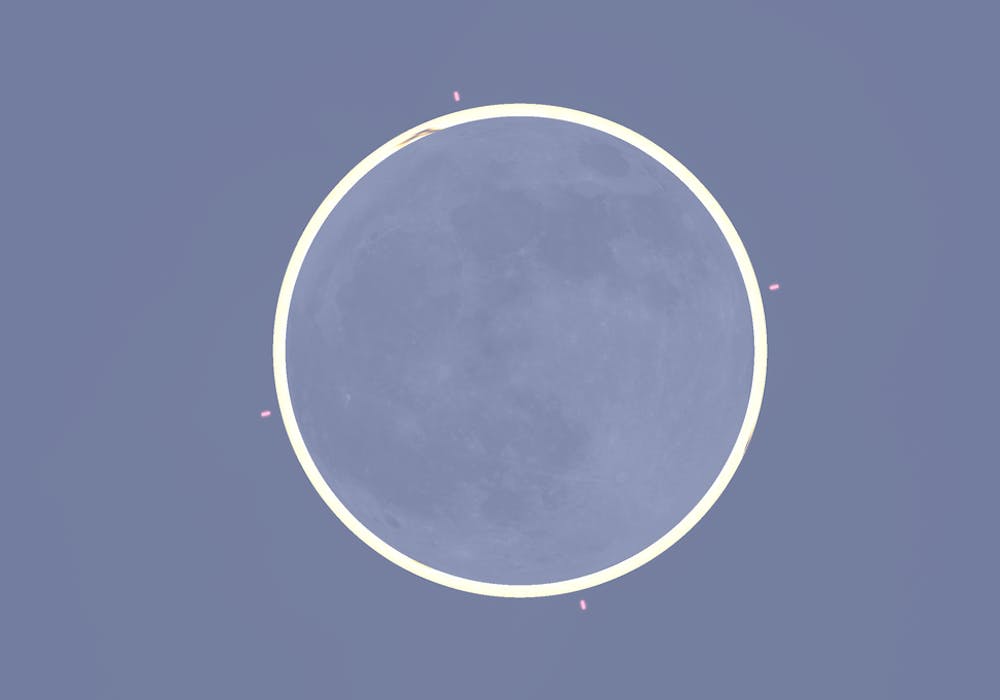By Aneri Upadhyay
Staff Writer
The recent solar eclipse was marked with a special guest: a ring of fire. This rare eclipse occurs when the moon moves in front of the sun but leaves the outer edges uncovered, leading to a “ring of fire” for people to marvel at from below.
According to AP News, the path of the eclipse passed through the Americas on Oct. 14. The ring of fire was around five minutes long and could be seen from the west of the United States, east of Central America and north of South America.
As for the rest of the eclipse, the process took two and half to three hours from when the moon first covered the sun to when it moved past it.
People from across the U.S. came to the west coast to witness the eclipse. Other people coincidentally planned their trips to the west coast on the day of the eclipse. As reported by AP News, one of these people was Kirby James, a 63 year old co-founder of a software company. He traveled from Canada to Utah.
“Nothing that you can read could prepare you for how it feels,” he said. “It’s the moment, especially when the ring of fire came on, you realized you were having a lifetime experience.”
Unfortunately, some parts of the west coast such as Eugene, Oregon had cloud coverage that only allowed the eclipse to be visible at certain times throughout the night.
During the eclipse, some parks and monuments that were related to Native American tribes were closed out of respect as stated in NPR. Indigenous tribes like the Navajo Nation closed their parks so that they could practice their traditions. In Navajo culture, a solar eclipse signifies a new beginning.
Tourists of national parks were advised to be careful of where they were taking residence and to be respectful of the Indigenous tribes and their practices in the area. Sarah Burak, Educational Program Director for the Bears Ears Partnership, commented on what tourists should do when visiting the Bear Ears region for the eclipse.
"Make sure that you're viewing the eclipse from public lands, she said. “You're not parking in people's yards, that you're being respectful of their home and their right to experience the eclipse from their home."
If you missed this eclipse, there is no need to worry. The next eclipse is suspected to happen in less than a year. As reported by NASA, the next solar eclipse will take place on Apr. 8, 2024.
This total solar eclipse will cross over North America. Differing from a ring of fire eclipse, a total solar eclipse is when the Moon is in between the Sun and Earth and blocks all of the Sun from view.
Because of this, a total solar eclipse requires special eye protection.
According to the New York Times, next year’s solar eclipse will be visible in 13 states, from Texas to Maine. One of these states is New York, meaning there is a chance the College might have a partial view. For now, students of the College can view the sky by visiting the observatory on campus.







